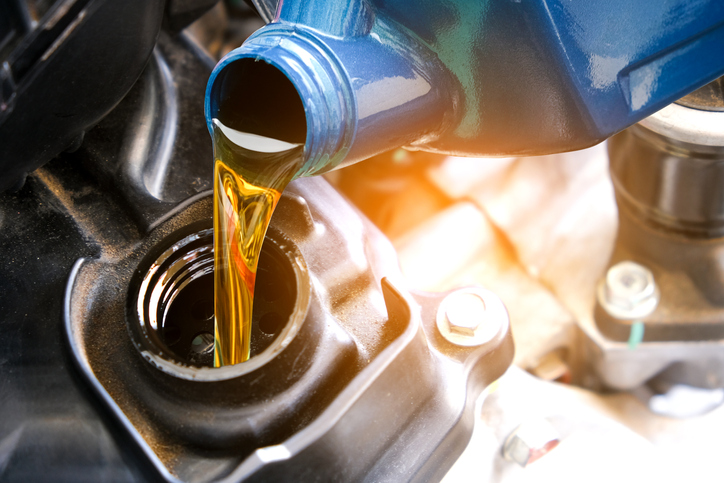A motorcycle oil change is one of the most critical maintenance tasks you will need to do on your bike. The question many people ask is how often they should be changing their motorcycle’s oil. Many factors go into how often an owner should get their bike serviced and how long it needs to be between changes to continue running smoothly.
We have compiled a list of things that can help you figure out how often you should be getting an oil change with your motorcycle; read on.
Quick Article Navigation
How often to change motorcycle oil?
The frequency with which owners should get an oil change for their motorcycle depends on how often they ride and how well they take care of their bike. Factors such as how often the bike is ridden, how much it is pushed, how long it’s been since the last service, and how old the bike contributes to how often an oil change needs to happen.
To ensure the longevity of your motorcycle, experts recommend changing your oil every 2500-3500 miles.
How much does it cost to change your motorcycle’s oil?
The cost to change motorcycle oil varies based on how often you do it. The more often you change your oil, the less it will cost per change. For example, if you change your motorcycle’s oil every 3,000 miles and find a local shop that offers $4 off per quart of oil, then the cost to change it would be $4 per change.
However, if you don’t want to do the maintenance yourself and instead take your bike into a shop and have them do it for a set price, the costs will vary depending on how much work needs to be done. These prices can fluctuate by how many services your bike needs or how often they are needed.
How often should you check the air filter on your bike?
It is good to replace the air filter every few thousand miles, but how often depends on how much you ride. If you are riding in dusty conditions or have some other air filter restriction, it may be more often.
The problem is that there are many different types of motorcycle filters, and most bike manufacturers don’t recommend how often they should be changed. Yamaha, for instance, only recommends how often to change the oil in their bikes and not how often to change the air filter. Harley Davidson recommends an annual inspection with an oil change every 7500 miles and does recommend changing the air filter every 25000 miles, but no frequency is given.
What is the difference between synthetic and non-synthetic oils?
Synthetic oils are chemically created from a set of ingredients not found in nature. Non-synthetic oils are derived from natural materials such as crude oil and animal fat.
Non-synthetic oils have been around longer than synthetic oils, although synthetics do offer some benefits over non-synthetics. The non-synthetic blends are less expensive to produce and are biodegradable, which means they won’t harm our environment when disposed of properly. Synthetic blends offer improved performance in many areas, including higher flash points, better flow properties, increased oxidation stability, lower viscosity, and shearing resistance. These improvements give synthetics the edge when it comes to extreme heat and weather conditions.
Non-synthetics are designed to meet the needs of most riders, but if you’re looking for maximum performance, synthetic oils will provide that. Synthetic blends allow engines to run cooler and cleaner, which means they last longer between oil changes.
Final words
Motorcycle oil is one of the most critical factors in how efficiently a bike runs. It has to be changed regularly, or else it will wear out and eventually cause problems with your motorcycle’s engine. You’ll need to figure out how often you should change your motorcycle’s oil based on how much riding time you do and how closely you care for your bike. Synthetic oils are usually better than non-synthetic oils because they offer improved performance features such as higher flash points, better flow properties, increased oxidation stability, lower viscosity, and shearing resistance. If you want maximum protection from extreme heat or weather conditions, go with a synthetic blend every 2500-3500 miles.

